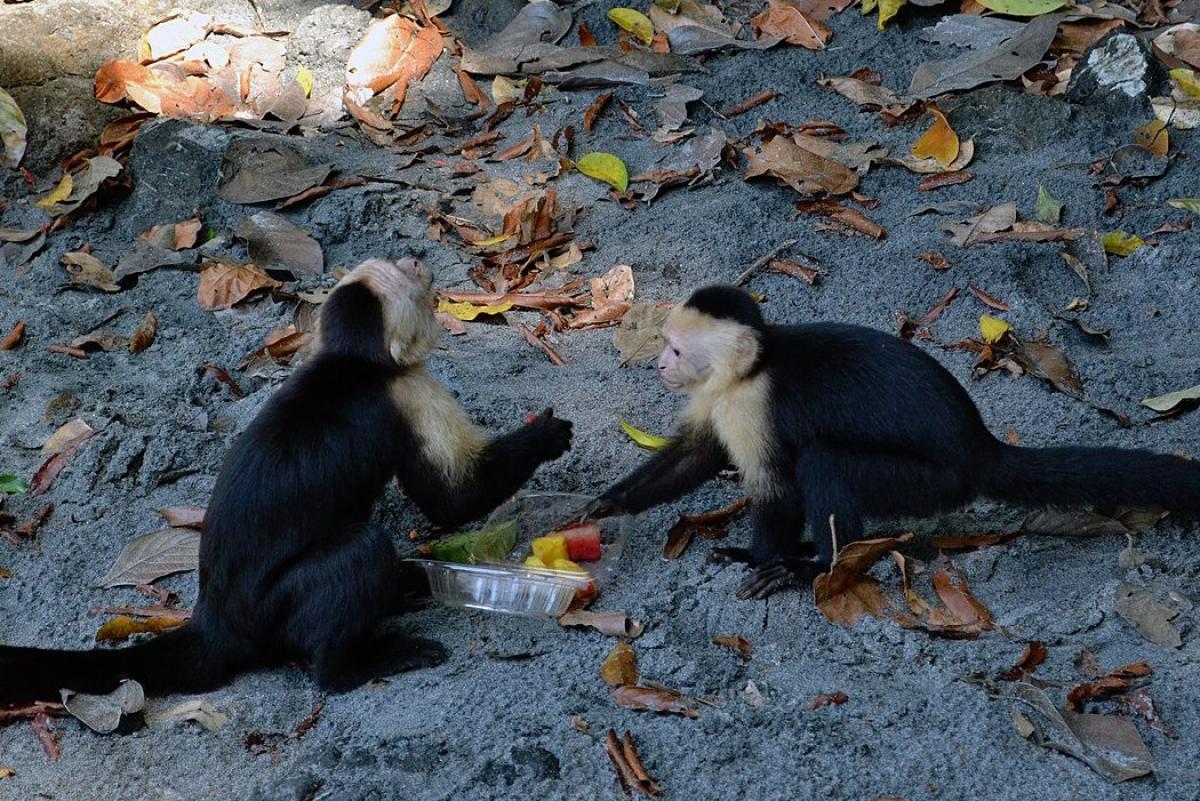If at first you don’t succeed, try, try again. But what about when you’ve been trying for a while, and realize there’s no chance of succeeding? If you’re like a lot of people, you’ll keep trying past the point of it being reasonable. There’s even a phrase for it: the sunk costs phenomenon. The more resources we put into a task, the less likely we are to give up on it, even if giving up might make more sense.
According to a study, capuchin monkeys and rhesus macaques exhibit similar behavior. Researchers trained the monkeys to move a cursor onto a moving target and keep it there while the target kept moving. If they were able to keep the cursor on the target for the duration of the trial, they got a reward. If they moved the cursor away, they didn’t get a reward, and a new trial started immediately. Most of the trials lasted only one second, and if the monkeys didn’t receive a reward after one second, they would have been better off quitting and beginning a new trial so they could get a treat sooner. But the monkeys continued keeping the cursor on the target, even when they weren’t getting a reward— they persisted 5 to 7 times longer than was optimal.
Researchers say that seeing this behavior in monkeys implies that the sunk costs phenomenon in humans is likely driven by evolution. After all, persistence sometimes pays off when foraging for food or hunting prey. If at first you don’t succeed, try, try again… and again, and again… and then blame or thank evolution for your dogged persistence.









